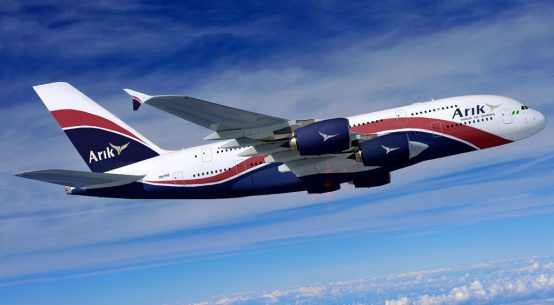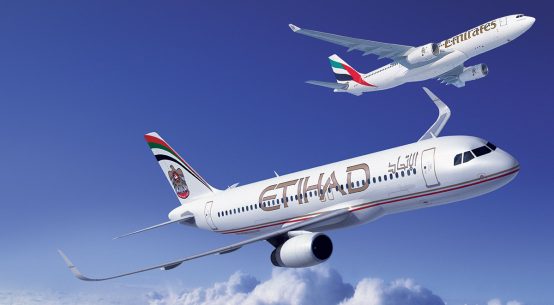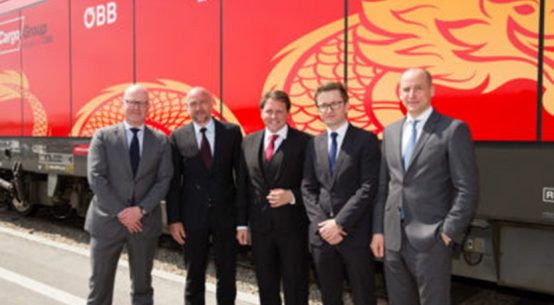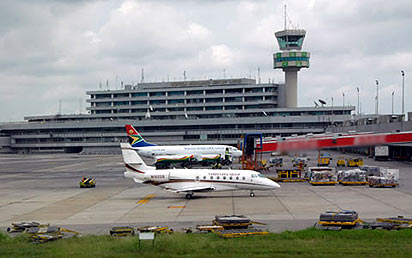
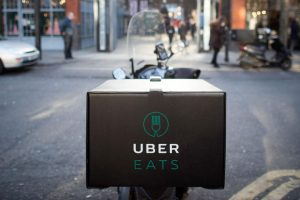
Indian Tier-1 cities such as New Delhi, Mumbai and Kolkata have been witnessing traffic jams caused by an increase of late in the number of vehicles on roads and a heavy density of population. This has amplified the time to travel within a city, and created a paucity of time for working Indians in these metropolitan towns. As a result, more and more Indians have started ordering from online food delivery services, rather than cooking at home. Sharing an overview on this trend, Euromonitor International wrote, “Last year the number of households eating at home every day witnessed a visible decline. This decline resulted in a large proportion of the household/consumer base ordering food in, thereby helping to drive the growth of 100% home delivery.”
According to research firm RedSeer, India’s online food delivery market comprising of aggregators and cloud kitchens, where the chefs prepare food in a physical outlet for orders that they receive online, grew at 150% last year, in comparison to 2015, with an estimated Gross Merchandise Volume (GMV) of $300 million in 2016.
For online food delivery platforms, more than 80% of orders are now coming from the top five cities in India, out of more than 20 cities where online food delivery is active in this country. Due to this concentration of orders, food delivery players in India have limited their expansion to newer towns and are now are focusing on achieving operational efficiencies and profitability in Tier 1 cities only. To garner a bulk of the share in this nascent market, which has witnessed the entrance of new players from stables of global behemoths such as Google and Uber, Indian startups such as Swiggy and Zomato have taken steps including fundraising or making acquisitions in order to protect and gain their market share.
Entrance of Google Areo and Uber Eats
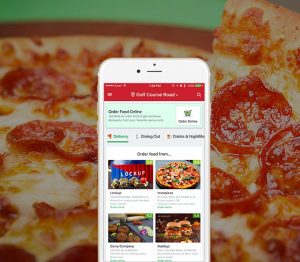 In April this year, without much fanfare, Google launched new food delivery and home services aggregator called Areo for the India market. Areo enables users to order meals from nearby restaurants or schedule appointments with local service professionals, including electricians, painters, cleaners, plumbers and more. Users can also pay in the app, via card, net banking, or cash on delivery. Initially before its global roll-out, the app has been available as a free download on the Google Play store and is currently operational in Bengaluru and Mumbai. Areo isn’t Google’s first time in the delivery space, however. The company continues to operate its rapid-delivery service Google Express in the U.S.
In April this year, without much fanfare, Google launched new food delivery and home services aggregator called Areo for the India market. Areo enables users to order meals from nearby restaurants or schedule appointments with local service professionals, including electricians, painters, cleaners, plumbers and more. Users can also pay in the app, via card, net banking, or cash on delivery. Initially before its global roll-out, the app has been available as a free download on the Google Play store and is currently operational in Bengaluru and Mumbai. Areo isn’t Google’s first time in the delivery space, however. The company continues to operate its rapid-delivery service Google Express in the U.S.
In India, Areo was immediately followed by UberEATS in May. Initially the San Francisco based cab hailing major Uber launched this app, with an aim to cover select areas of Mumbai. Uber Eats will supposedly be launched in at least six cities by this year end. Commenting on the launch, Bhavik Rathod, Head of UberEATS India, said, “The wide selection of meal choices delivered at Uber speed will open new economic opportunities for delivery partners, enable restaurants to connect with more consumers and make eating effortless, everywhere and for everyone.” Without bundling in the service in the ride-hailing app itself, Uber’s online food delivery platform has released as its own application, which can be downloaded on Apple and Android devices. However it remains to be seen whether the profitability aspect of this venture is sustainable over a period of time. Uber’s Indian rival Ola also had started a food delivery service, Ola Cafe, which was shut down last year as the cab aggregator decided to focus on its core business.
Swiggy raises Series E funding
As both Uber Eats and Google Areo have the potential to bite into Swiggy’s pie, this market leader has responded by raising $80 million in Series E funding led by Naspers, with participation from existing investors including Accel India, SAIF Partners India, Bessemer Venture Partners, Harmony Partners and Norwest Venture Partners. The platform, which manages customer orders and delivers the food using its own fleet, has close to 12,000 partner restaurants in eight cities. On average Swiggy fulfills 100,000 orders every day and plans to utilize this capital for hiring engineering talent and developing technology for better demand prediction, consumer preferences and delivery efficiencies. A part of the raised capital will also be leveraged to increase the service offerings of Swiggy to restaurant partners. Earlier this year Swiggy had also started cloud kitchens, which are kitchen-only operations with no dine-in facility,as part of its offerings to restaurant partners looking to serve in areas where they do not have a physical presence.
n June, on the other hand, to gain market leadership position from Swiggy, Zomato has announced buying hyperlocal logistics startup Runnr in an all stock deal. Runnr is a $40 million merged entity of RoadRunnr and TinyOwl, two of the most well funded startups of 2015. Zomato plans to outdo its competition by improving economies of scale required to deliver an order. This acquisition comes at a time when Zomato is attempting to fulfill its 80,000 orders per day through its own fleet. Currently restaurants and third-party logistics players deliver 80% of Zomato’s orders, which is likely to change after this acquisition. With Zomato’s revenue from the food ordering, business jumped eight-fold to almost $9 million in the last financial year, this deal will also keep its monthly burn to less than $1 million.
Other than Zomato, FoodPanda India and FreshMenu are also figuring out the most efficient strategy to deliver tasty food that entices Indian palates. As a result, with this many options to choose from, Indians customers are increasingly becoming spoilt for choice; they can conveniently discover any cuisine from a nearby or faraway eatery, and order by clicking a button on an app.
Culled from forbes




